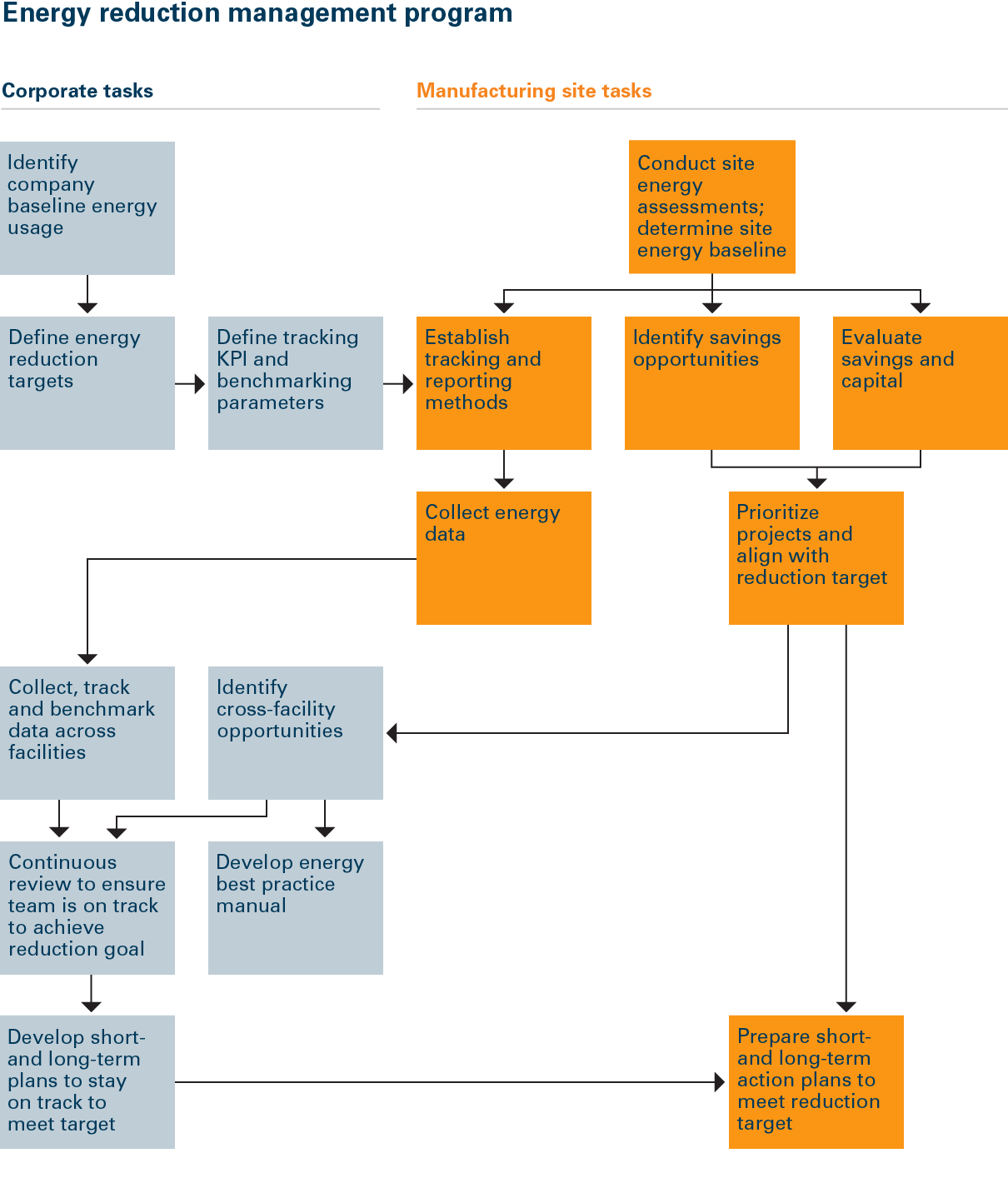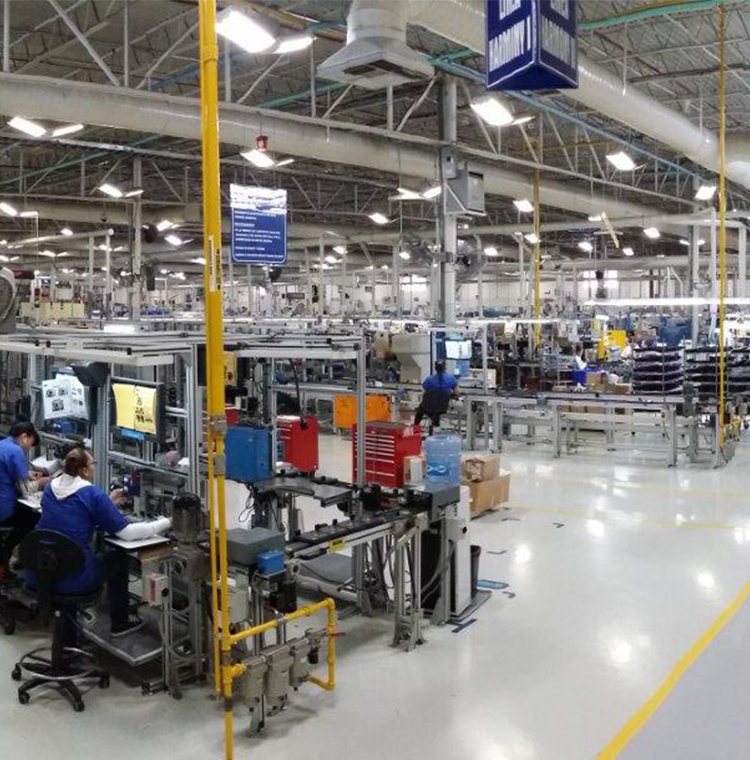Energy
From assessment to action, we’re pursuing new opportunities to improve energy efficiency.

HARMAN uses a traditional Plan-Do-Check-Act cycle to strengthen our energy management and has integrated elements of ISO 50001 – Energy Management Systems into our approach. We are committed to the principles of continual improvement as prescribed in these standards.
Our worldwide energy reduction management system involves both corporate and plant level personnel. Around the globe, teams are responsible for identifying goals and targets, setting key performance indicators (KPIs) and executing projects to drive improvement. Under the system, the usage of energy is closely tracked on a monthly basis across HARMAN production facilities.

Setting a new goal for energy efficiency
Internal HARMAN staff and external energy experts have performed a number of energy assessments to determine baseline usage and opportunities for improvement.
| Assessment Date | Production Facility |
|---|---|
| Additional external assessments are planned at two production facilities in Asia in FY 2015. | |
| FY2012 | Franklin, Kentucky USA |
| FY2012 | Karlsbad ,Germany |
| FY2012 | Straubing, Germany |
| FY2014 | Juarez, Mexico |
| FY2014 | Tijuana, Mexico |
We initiated the assessment process in FY2012 with a pilot program at three production facilities, one in the United States and two in Germany. The program was designed to determine potential targets for energy and greenhouse gas reduction (GHG) opportunities.
The results of the project were encouraging. All three pilot facilities were able to meet the targets established through the assessment with limited capital investment resulting in significant energy and GHG savings. The reduced energy usage also resulted in significant cost savings.

Based upon these successes and findings, we have extended the goal towards a 10 percent energy reduction target over five years at key HARMAN production sites worldwide, from a baseline of 25.5 kWh per $1000 net sales to 23.0 kWh per $1000. This initiative has been dubbed the Corporate Energy Challenge, and it’s beginning to yield results.
We chose net sales as the common factor since HARMAN facilities produce a number of different components at different locations. There are also a large number of subassemblies that are produced at one location and shipped for final assembly at another. These factors make it difficult, if not impossible, to accurately gauge energy efficiency by units produced.
The plants were able to find several ways to keep energy use from rising despite increased operational activity.
Projects to increase energy efficiency have focused on eight discrete areas:
- General awareness
- Heat production
- Heat distribution
- Compressed air
- Vacuum systems
- Process cooling
- Heating, ventilating and air conditioning
- Lighting